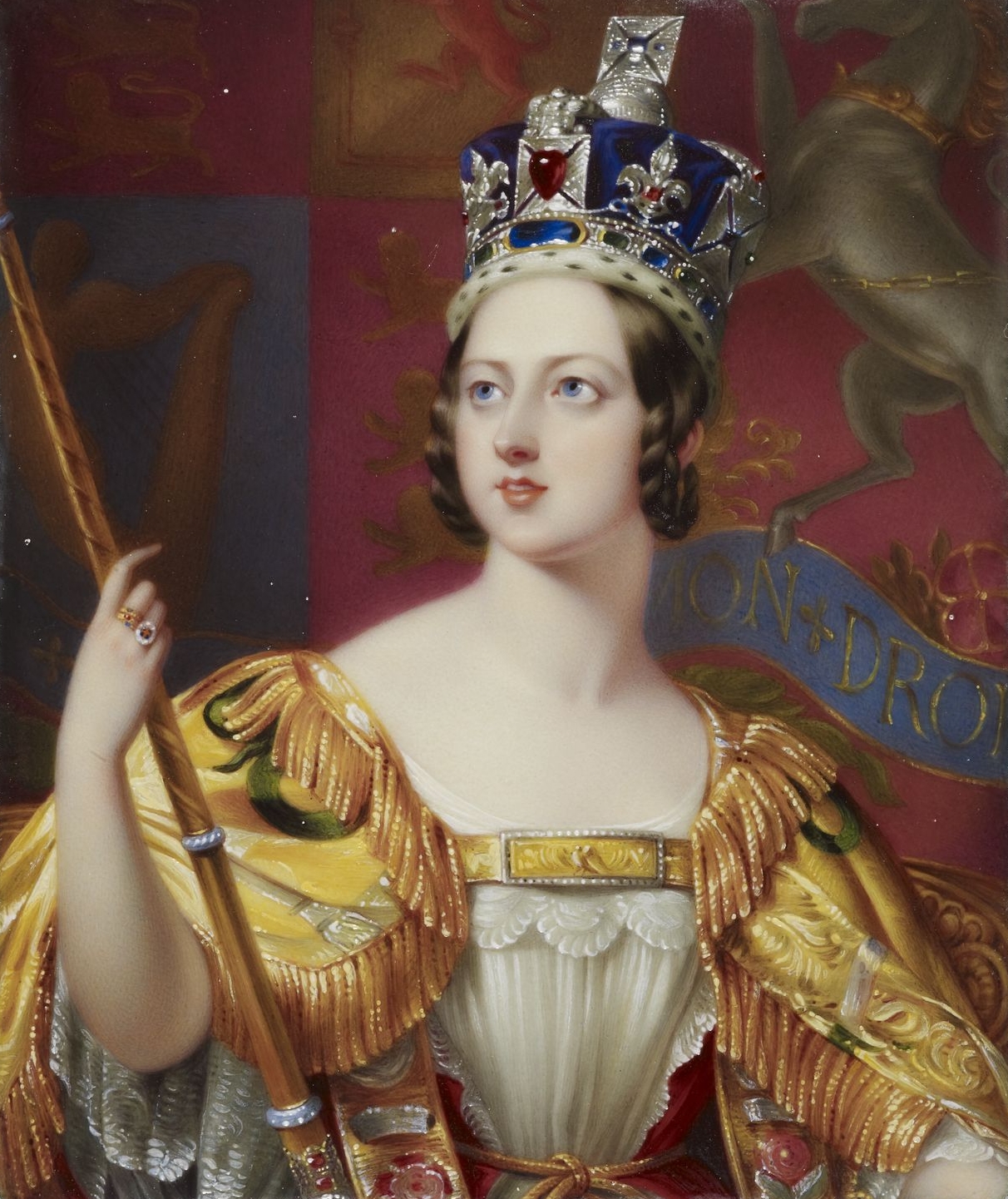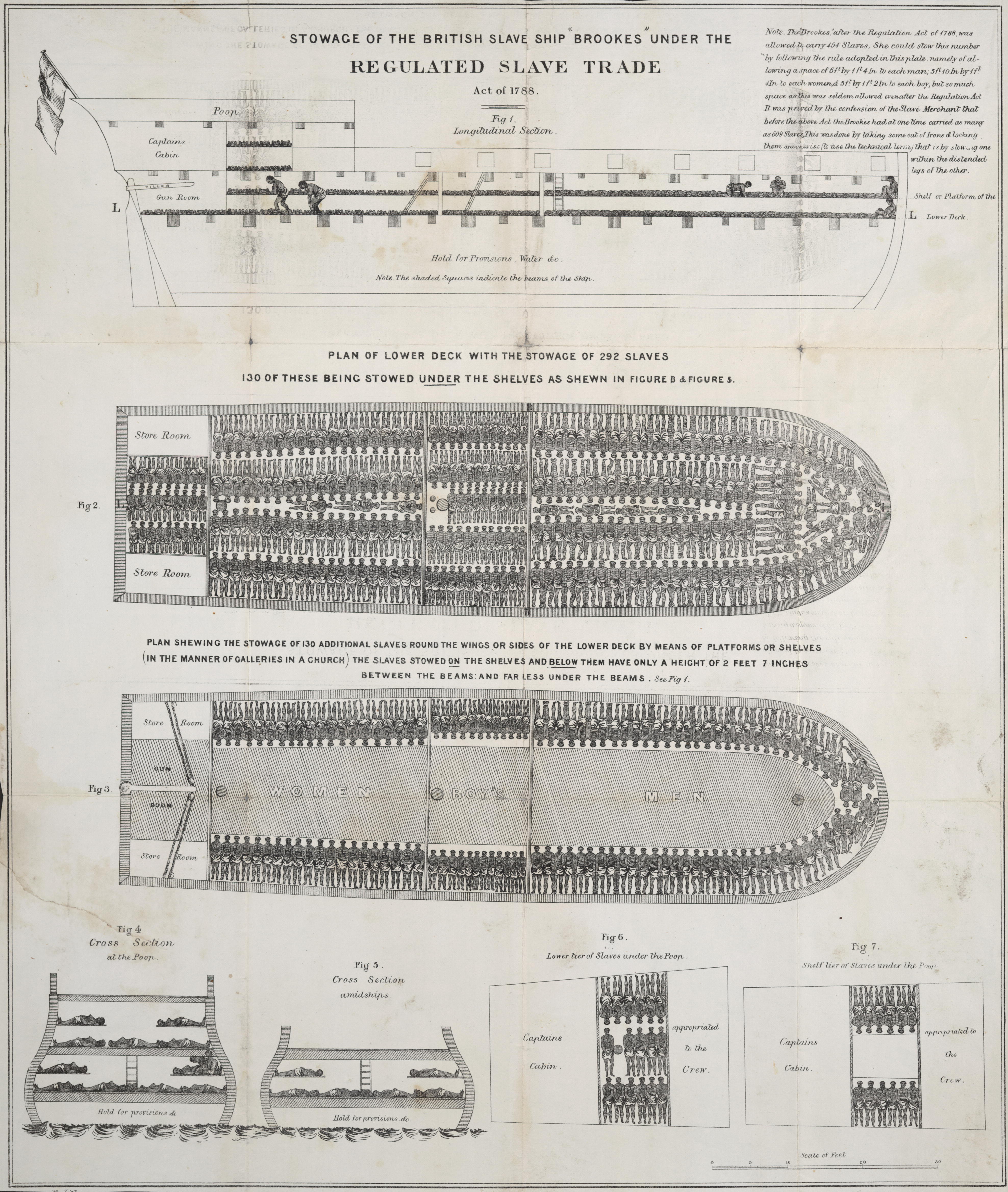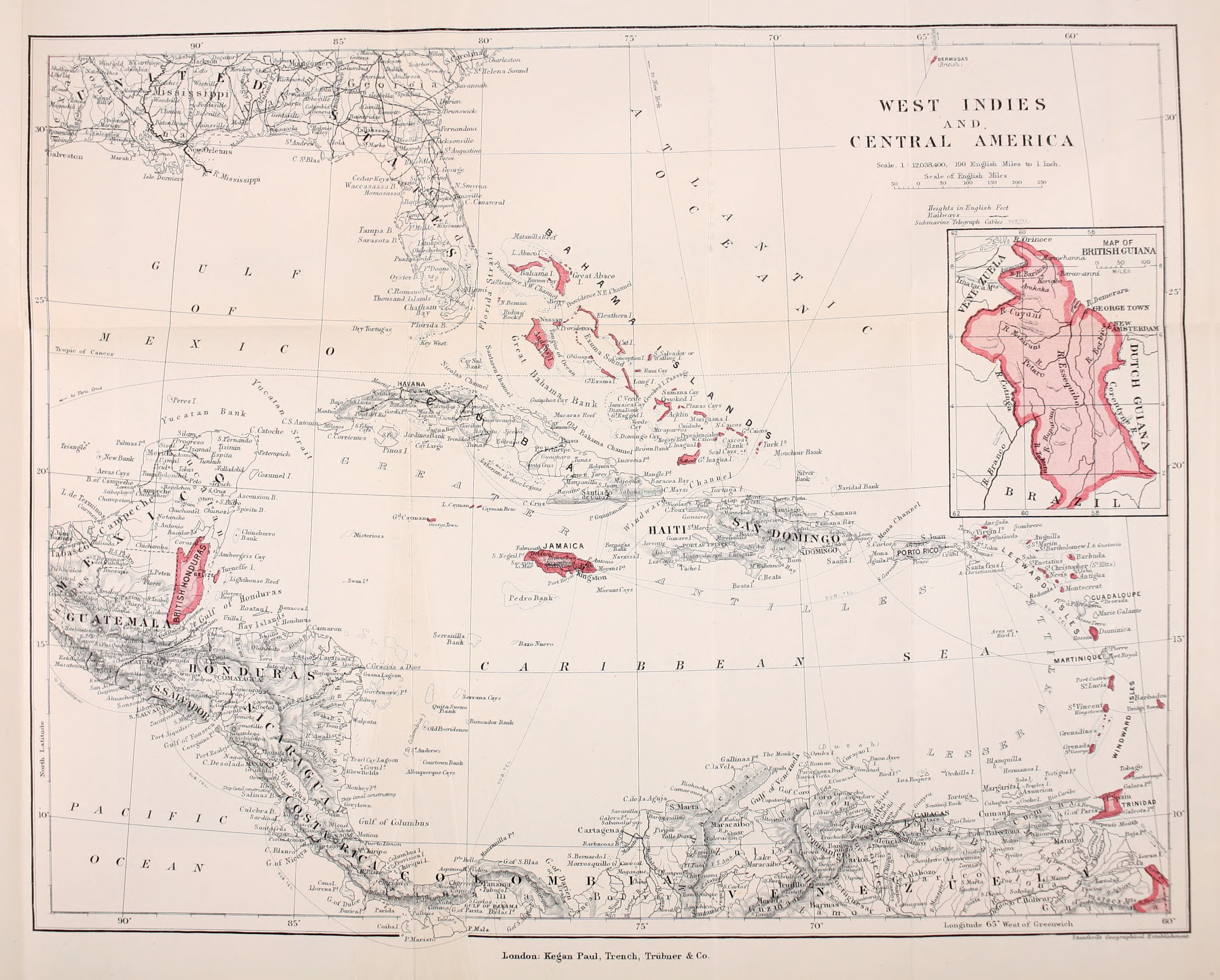|
St. Joseph Mutiny
The St. Joseph Mutiny was a mutiny which occurred on 17 June 1837 among the 1st West India Regiment of the British Army. It began at the unit's barracks in St. Joseph, Trinidad, then part of the British West Indies. It was led by recently arrived Africans who had been liberated from illegal slave ships by the Royal Navy and subsequently conscripted into the West India Regiments. Between 60 and 100 soldiers in the regiment participated in the mutiny, seizing arms and ammunition, killing one enlisted soldier and setting fire to the officers' quarters. The Army and Trinidad Militia quickly suppressed the mutiny, killing twelve mutineers; six others committed suicide to avoid capture. Three ringleaders of the mutiny were subsequently executed, while two others were sentenced to death but had their sentences commuted to penal transportation to Australia. One of the leaders of the mutiny, Daaga, became a folk hero in Trinidad and was an inspiration for the leaders of the Black Power ... [...More Info...] [...Related Items...] OR: [Wikipedia] [Google] [Baidu] |
Saint Joseph, Trinidad And Tobago
St. Joseph was founded in 1592 by Antonio de Berrio and is the oldest town in Trinidad and Tobago. Originally named San José de Oruña, it served as the capital of Spanish Trinidad between 1592 and 1783. In 1595 the place was attacked and held by Sir Walter Raleigh and was used as a base for his exploration of the Orinoco river in search of the fabled city of El Dorado. Soon after his return the place was burnt and sacked. St. Joseph is not an incorporated municipality. It falls within the boundaries of the Tunapuna–Piarco region. Today it is the home of several different schools, including St. Joseph's Convent, St. Joseph St. Joseph's Convent, Port of Spain is a government-assisted all-girls Roman Catholic secondary school in Port of Spain, Trinidad and Tobago. It was founded in 1836 by Sisters of St. Joseph of Cluny, and is the oldest continuous secondary scho ..., St. Joseph Boys Roman Catholic School, St. Joseph Girls Roman Catholic School, St. Joseph Government Sch ... [...More Info...] [...Related Items...] OR: [Wikipedia] [Google] [Baidu] |
Royal Navy
The Royal Navy (RN) is the United Kingdom's naval warfare force. Although warships were used by Kingdom of England, English and Kingdom of Scotland, Scottish kings from the early medieval period, the first major maritime engagements were fought in the Hundred Years' War against Kingdom of France, France. The modern Royal Navy traces its origins to the early 16th century; the oldest of the British Armed Forces, UK's armed services, it is consequently known as the Senior Service. From the middle decades of the 17th century, and through the 18th century, the Royal Navy vied with the Dutch Navy and later with the French Navy for maritime supremacy. From the mid 18th century, it was the world's most powerful navy until the World War II, Second World War. The Royal Navy played a key part in establishing and defending the British Empire, and four Imperial fortress colonies and a string of imperial bases and coaling stations secured the Royal Navy's ability to assert naval superiority ... [...More Info...] [...Related Items...] OR: [Wikipedia] [Google] [Baidu] |
Conflicts In 1837
Conflict may refer to: Arts, entertainment, and media Films * ''Conflict'' (1921 film), an American silent film directed by Stuart Paton * ''Conflict'' (1936 film), an American boxing film starring John Wayne * ''Conflict'' (1937 film), a Swedish drama film directed by Per-Axel Branner * ''Conflict'' (1938 film), a French drama film directed by Léonide Moguy * ''Conflict'' (1945 film), an American suspense film starring Humphrey Bogart * ''Catholics: A Fable'' (1973 film), or ''The Conflict'', a film starring Martin Sheen * ''Judith'' (1966 film) or ''Conflict'', a film starring Sophia Loren * ''Samar'' (1999 film) or ''Conflict'', a 1999 Indian film by Shyam Benegal Games * ''Conflict'' (series), a 2002–2008 series of war games for the PS2, Xbox, and PC * ''Conflict'' (video game), a 1989 Nintendo Entertainment System war game * '' Conflict: Middle East Political Simulator'', a 1990 strategy computer game Literature and periodicals * ''Conflict'' (novel) ... [...More Info...] [...Related Items...] OR: [Wikipedia] [Google] [Baidu] |
British Trinidad And Tobago
The history of Trinidad and Tobago begins with the settlements of the islands by Indigenous First Peoples. Trinidad was visited by Christopher Columbus on his third voyage in 1498, (he never landed in Tobago), and claimed in the name of Spain. Trinidad was administered by Spanish hands until 1797, but it was largely settled by French colonists. Tobago changed hands between the British, French, Dutch, and Courlanders, but eventually ended up in British hands following the second Treaty of Paris (1814). In 1889, the two islands were incorporated into a single political entity. Trinidad and Tobago obtained its independence from the British Empire in 1962 and became a republic in 1976. Pre-Columbian period Human settlement in Trinidad dates back at least 7,000 years. The earliest settlers, termed Archaic or Ortoiroid, are believed to have settled Trinidad and Tobago from northeastern South America around 4000 BCE. Twenty-nine Archaic sites have been identified, mostly in ... [...More Info...] [...Related Items...] OR: [Wikipedia] [Google] [Baidu] |
1837 In The British Empire
Events January–March * January 1 – The destructive Galilee earthquake causes 6,000–7,000 casualties in Ottoman Syria. * January 26 – Michigan becomes the 26th state admitted to the United States. * February – Charles Dickens's ''Oliver Twist'' begins publication in serial form in London. * February 4 – Seminoles attack Fort Foster in Florida. * February 25 – In Philadelphia, the Institute for Colored Youth (ICY) is founded, as the first institution for the higher education of black people in the United States. * March 1 – The Congregation of Holy Cross is formed in Le Mans, France, by the signing of the Fundamental Act of Union, which legally joins the Auxiliary Priests of Blessed Basil Moreau, CSC, and the Brothers of St. Joseph (founded by Jacques-François Dujarié) into one religious association. * March 4 ** Martin Van Buren is sworn in as the eighth President of the United States. ** The city of Chicago is incorporated. April–June * April 12 � ... [...More Info...] [...Related Items...] OR: [Wikipedia] [Google] [Baidu] |
1830s In Trinidad And Tobago
Year 183 ( CLXXXIII) was a common year starting on Tuesday (link will display the full calendar) of the Julian calendar. At the time, it was known as the Year of the Consulship of Aurelius and Victorinus (or, less frequently, year 936 ''Ab urbe condita''). The denomination 183 for this year has been used since the early medieval period, when the Anno Domini calendar era became the prevalent method in Europe for naming years. Events By place Roman Empire * An assassination attempt on Emperor Commodus by members of the Senate fails. Births * January 26 – Lady Zhen, wife of the Cao Wei state Emperor Cao Pi (d. 221) * Hu Zong, Chinese general, official and poet of the Eastern Wu state (d. 242) * Liu Zan (Zhengming), Chinese general of the Eastern Wu state (d. 255) * Lu Xun, Chinese general and politician of the Eastern Wu state (d. 245 __NOTOC__ Year 245 ( CCXLV) was a common year starting on Wednesday (link will display the full calendar) of the Julian calend ... [...More Info...] [...Related Items...] OR: [Wikipedia] [Google] [Baidu] |
Black Power Revolution
Black is a color which results from the absence or complete absorption of visible light. It is an achromatic color, without hue, like white and grey. It is often used symbolically or figuratively to represent darkness. Black and white have often been used to describe opposites such as good and evil, the Dark Ages versus Age of Enlightenment, and night versus day. Since the Middle Ages, black has been the symbolic color of solemnity and authority, and for this reason it is still commonly worn by judges and magistrates. Black was one of the first colors used by artists in Neolithic cave paintings. It was used in ancient Egypt and Greece as the color of the underworld. In the Roman Empire, it became the color of mourning, and over the centuries it was frequently associated with death, evil, witches, and magic. In the 14th century, it was worn by royalty, clergy, judges, and government officials in much of Europe. It became the color worn by English romantic poets, businessme ... [...More Info...] [...Related Items...] OR: [Wikipedia] [Google] [Baidu] |
Australia
Australia, officially the Commonwealth of Australia, is a sovereign ''Sovereign'' is a title which can be applied to the highest leader in various categories. The word is borrowed from Old French , which is ultimately derived from the Latin , meaning 'above'. The roles of a sovereign vary from monarch, ruler or ... country comprising the mainland of the Australian continent, the island of Tasmania, and numerous smaller islands. With an area of , Australia is the largest country by area in Oceania and the world's sixth-largest country. Australia is the oldest, flattest, and driest inhabited continent, with the least fertile soils. It is a megadiverse country, and its size gives it a wide variety of landscapes and climates, with deserts in the centre, tropical Forests of Australia, rainforests in the north-east, and List of mountains in Australia, mountain ranges in the south-east. The ancestors of Aboriginal Australians began arriving from south east Asia approx ... [...More Info...] [...Related Items...] OR: [Wikipedia] [Google] [Baidu] |
Penal Transportation
Penal transportation or transportation was the relocation of convicted criminals, or other persons regarded as undesirable, to a distant place, often a colony, for a specified term; later, specifically established penal colonies became their destination. While the prisoners may have been released once the sentences were served, they generally did not have the resources to return home. Origin and implementation Banishment or forced exile from a polity or society has been used as a punishment since at least the 5th century BC in Ancient Greece. The practice of penal transportation reached its height in the British Empire during the 18th and 19th centuries. Transportation removed the offender from society, mostly permanently, but was seen as more merciful than capital punishment. This method was used for criminals, debtors, military prisoners, and political prisoners. Penal transportation was also used as a method of colonization. For example, from the earliest days of Engli ... [...More Info...] [...Related Items...] OR: [Wikipedia] [Google] [Baidu] |
Slave Ship
Slave ships were large cargo ships specially built or converted from the 17th to the 19th century for transporting slaves. Such ships were also known as "Guineamen" because the trade involved human trafficking to and from the Guinea coast in West Africa. Atlantic slave trade In the early 1600s, more than a century after the arrival of Europeans to the Americas, demand for unpaid labor to work plantations made slave-trading a profitable business. The Atlantic slave trade peaked in the last two decades of the 18th century, during and following the Kongo Civil War. To ensure profitability, the owners of the ships divided their hulls into holds with little headroom, so they could transport as many slaves as possible. Unhygienic conditions, dehydration, dysentery and scurvy led to a high mortality rate, on average 15% and up to a third of captives. Often the ships carried hundreds of slaves, who were chained tightly to plank beds. For example, the slave ship ''Henrietta ... [...More Info...] [...Related Items...] OR: [Wikipedia] [Google] [Baidu] |
Trinidad
Trinidad is the larger and more populous of the two major islands of Trinidad and Tobago. The island lies off the northeastern coast of Venezuela and sits on the continental shelf of South America. It is often referred to as the southernmost island in the West Indies. With an area of , it is also the fifth largest in the West Indies. Name The original name for the island in the Arawaks' language was which meant "Land of the Hummingbird". Christopher Columbus renamed it ('The Island of the Trinity'), fulfilling a vow he had made before setting out on his third voyage. This has since been shortened to ''Trinidad''. History Caribs and Arawaks lived in Trinidad long before Christopher Columbus encountered the islands on his third voyage on 31 July 1498. The island remained Spanish until 1797, but it was largely settled by French colonists from the French Caribbean, especially Martinique.Besson, Gerard (2000-08-27). "Land of Beginnings – A historical digest", ''Newsday Ne ... [...More Info...] [...Related Items...] OR: [Wikipedia] [Google] [Baidu] |
British West Indies
The British West Indies (BWI) were colonized British territories in the West Indies: Anguilla, the Cayman Islands, Turks and Caicos Islands, Montserrat, the British Virgin Islands, Antigua and Barbuda, The Bahamas, Barbados, Dominica, Grenada, Jamaica, Saint Kitts and Nevis, Saint Lucia, Saint Vincent and the Grenadines, British Guiana (now Guyana) and Trinidad and Tobago. Other territories include Bermuda, and the former British Honduras (now Belize). The colonies were also at the center of the transatlantic slave trade, around 2.3 million slaves were brought to the British Caribbean. Before the decolonisation period in the later 1950s and 1960s the term was used to include all British colonies in the region as part of the British Empire. [...More Info...] [...Related Items...] OR: [Wikipedia] [Google] [Baidu] |






